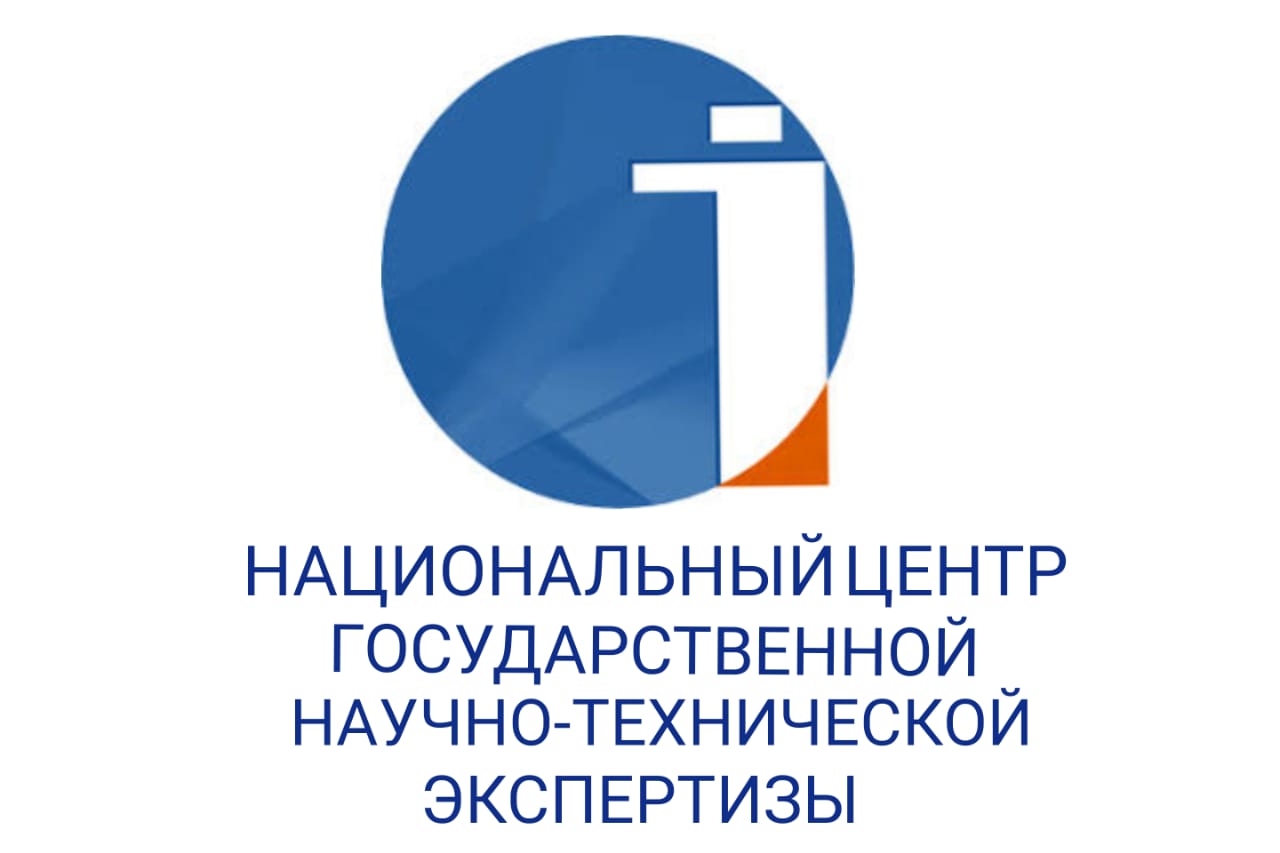DEVELOPING MIDDLE SCHOOL STUDENTS' CREATIVE THINKING SKILLS THROUGH INNOVATIVE APPROACHES IN TEACHING FOLKLORE GENRES
DOI:
https://doi.org/10.48371/PEDS.2025.78.3.029%20Keywords:
Folklore genres, creative thinking, TRIZ technologies, interactive methods, case study, secondary school students, innovative methods, cultural heritageAbstract
The article examines the role of innovative methods used in teaching folklore genres in developing the creative thinking abilities of secondary school students. Folklore works contribute to understanding cultural traditions and fostering creative thinking skills.
The aim of the study is to identify the impact of innovative approaches to teaching folklore on the development of students' creative abilities. The scientific significance of the work lies in demonstrating effective methods of teaching folklore that enhance creativity. The practical significance is the potential application of the obtained results in literature lessons at schools.
During the research, TRIZ methods, interactive technologies, and case studies were used. Sixty students participated in the experiment, divided into control and experimental groups. The experiment's results showed that innovative methods, especially TRIZ technologies, significantly increased students' creative thinking abilities. Test results confirmed that students' levels of creativity, satisfaction, and engagement improved.
Innovative approaches used in teaching folklore play an important role in developing students' creative abilities. These methods increase students' interest in cultural heritage and contribute to the improvement of their critical thinking and social skills.
This research offers new ways to develop creative thinking and makes a significant contribution to the modern educational system. The results of the work can be used to improve the development of students' creative abilities through the introduction of innovative methods into the school curriculum.








